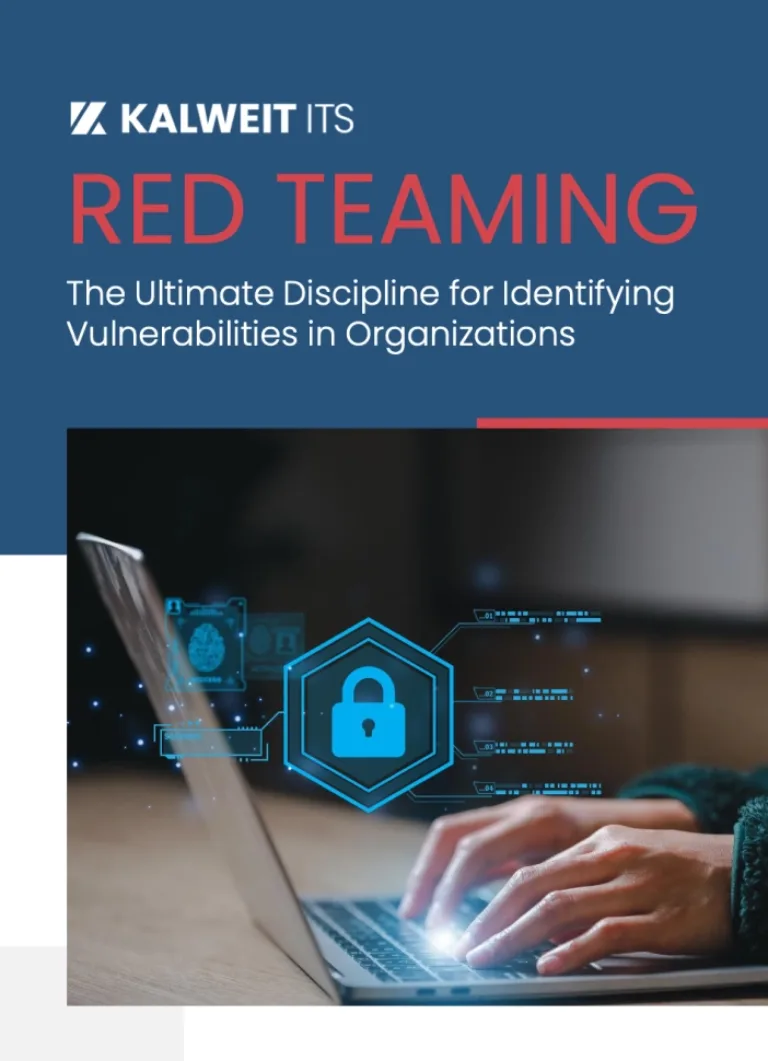

Pentesting shows weaknesses. Red Teaming tests defenses.
A penetration test checks defined systems for vulnerabilities.Red teaming, on the other hand, pursues a specific goal – for example: “Obtain confidential data undetected.”
The entire arsenal of a real attacker is used: phishing, physical attack vectors, vulnerability exploits, social engineering – combined into a realistic operation tailored to your company.

Red Teaming as a strategic tool
Red Teaming is a targeted measure – not for everyday use, but for the moment when you want more than technical security. It is particularly suitable when:
- You have successfully completed several classic pentests
Your IT security has been strategically developed (e.g. SIEM, Blue Team, awareness programs) - you are preparing for audits, regulatory audits or internal audits
- New infrastructures, acquisitions or critical projects were implemented
- You want to know how your organization really reacts when an attack occurs
Red Teaming provides answers to questions that a normal pentest does not ask:How deep does an attacker really get? Who reacts – how quickly – and how effectively?

A comprehensive overview
Find out how realistic attack simulations reveal vulnerabilities that traditional testing methods cannot detect. The white paper shows when red teaming makes sense, what the process looks like – and why it is becoming increasingly relevant, especially in times of AI-based threats.
Who is Red Teaming suitable for?
Groups with established security structures
To check whether existing protective measures really work in an emergency.
IT managers in regulated industries
As a supplement to traditional tests and as preparation for audits.
Medium-sized companies with high risk exposure
When critical data or processes need to be specifically protected.
CISOs, CTOs & Security Leads
For a realistic assessment of responsiveness and defense strategy.
Realistic tests, structured approach
Your contact persons
Security is a matter of trust. With us, you don't talk to a ticket system - you talk directly to experienced experts.

S. Philipp Kalweit is Director Strategy & Consulting with a focus on security awareness and offensive IT auditing. He has been advising SMEs and corporations for nine years, particularly in highly regulated industries. In 2019, he was honored by DIE ZEIT as “Hamburger of the Month” and included in the Forbes 30 under 30 DACH list.
S. Philipp Kalweit
Managing Partner

Dipl.-Wirtsch.-Ing. Günther Paprocki has been Managing Partner of KALWEIT ITS since May 2024. As Director HR & Operations, he is responsible for operations and personnel. With experience at Sharp, Philips and Cisco, he brings a breath of fresh air to consulting. His focus: strengthening cybersecurity in Germany.
Günther Paprocki
Managing Partner